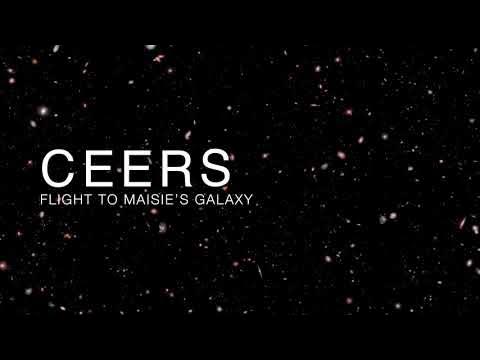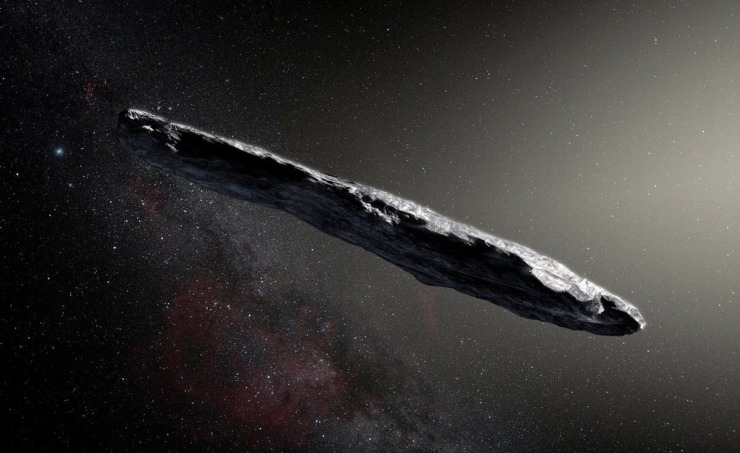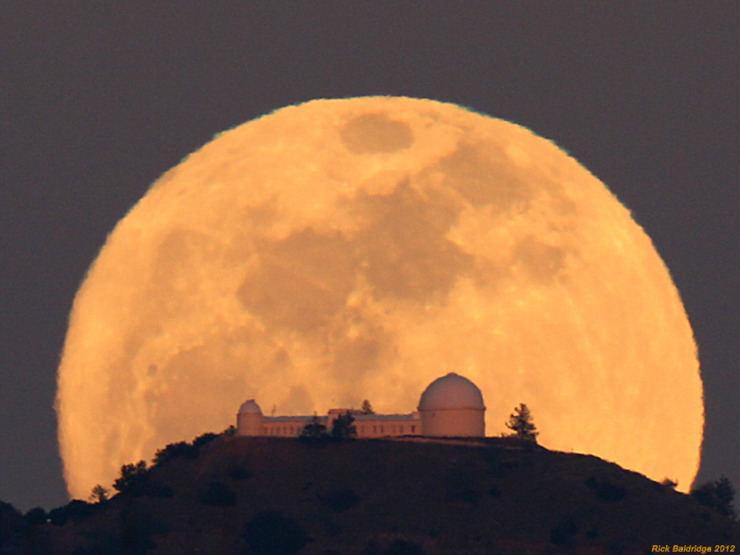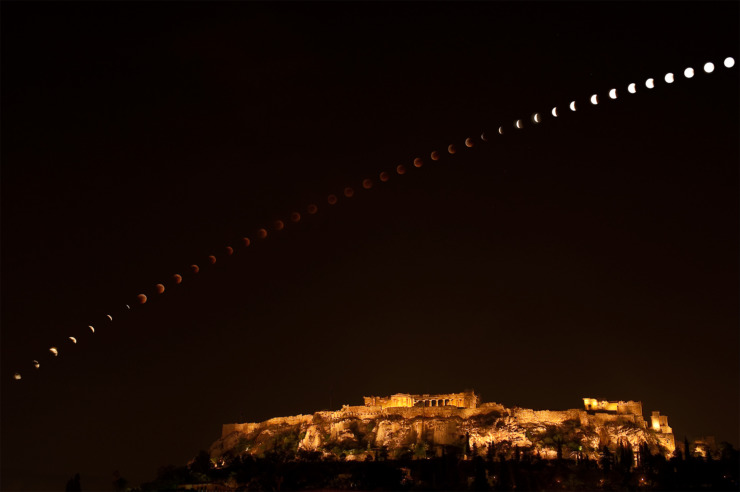I’d like to recommend an amazing, new, short video from the science team at the James Webb Space Telescope, flying through 5,000 distant galaxies. Here is what the team says about their animation:
“This 3D visualization portrays about 5,000 galaxies within a small portion of the CEERS (Cosmic Evolution Early Release Science) Survey, which gathered data from a [a small strip of the sky]. As the camera flies away from our viewpoint, each second amounts to travelling 200 million light-years into the data set, and seeing 200 million years further into the past. The appearances of the galaxies change, reflecting the fact that more distant objects are seen at earlier times in the universe, when galaxies were less developed. The video ends at Maisie’s Galaxy, which formed only 390 million years after the Big Bang, or about 13.4 billion years ago.”
You can find the 1-minute video here: https://www.youtube.com/watch?v=zmSUKD0w2EA
That last number is worth noting. We see that little red galaxy at the end back when the universe was less than 3% of its current age, nearly at the beginning of time, when galaxies of stars were still assembling from smaller building blocks. One of the reasons we built the JWST — which observes heat rays or infrared light, and not visible light — was to see these baby galaxies, which gave off more heat than light.
Such images and videos will help us piece together how the structure of the universe, with its vast web of galaxies in every direction we look, got put together and organized.
As you might imagine, Maisie’s Galaxy is not an official designation. This informal nickname honors team leader Steve Finkelstein’s young daughter. He offered her the name as a birthday present, since the (temporarily) record-holding galaxy was discovered on her birthday.




